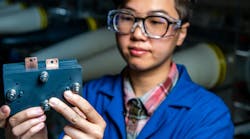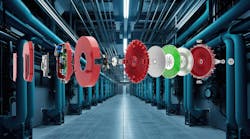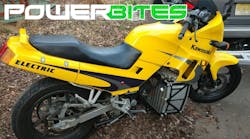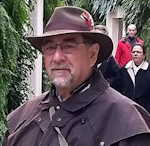Flow-Battery Test System Uses Sub-Scale Prototyping to Accelerate Energy Storage Research
What you’ll learn:
- Flow-style batteries are demonstrating the potential to dramatically cut the cost of energy storage.
- A rapid prototyping and test system developed by Pacific Northwest National Labs uses a standardized “mini-flow cell” to reduce the amounts of time and materials required to evaluate new battery materials and processes.
Flow-stye battery architectures already show great potential for use in low-cost, long-lived utility-scale energy storage systems. Now, researchers at the Department of Energy’s Pacific Northwest National Laboratory (PNNL) are accelerating their commercialization with a rapid prototyping system that enables them to quickly evaluate promising new materials, processes, and technologies for flow-style batteries using compact, low-cost “mini flow cells.”
According to PNNL, the redesigned mini flow cell closely mimics the internal structure of a traditional flow cell, scaled down by a factor of 5. But, despite its smaller size, the mini flow cell exhibits comparable performance to its larger counterpart. As a result, the new battery test system takes less time to make and requires an order of magnitude less starting material. Still, it produces the same quality of data offered by standard lab-scale test systems.
By reducing the amount of material needed and speeding up the validation process, this technology could help advance renewable energy solutions. Researchers also believe this miniaturized approach will facilitate experimentation with a broader range of experimental chemistries.
Check out the feature article on PNNL’s mini-flow test system here.





